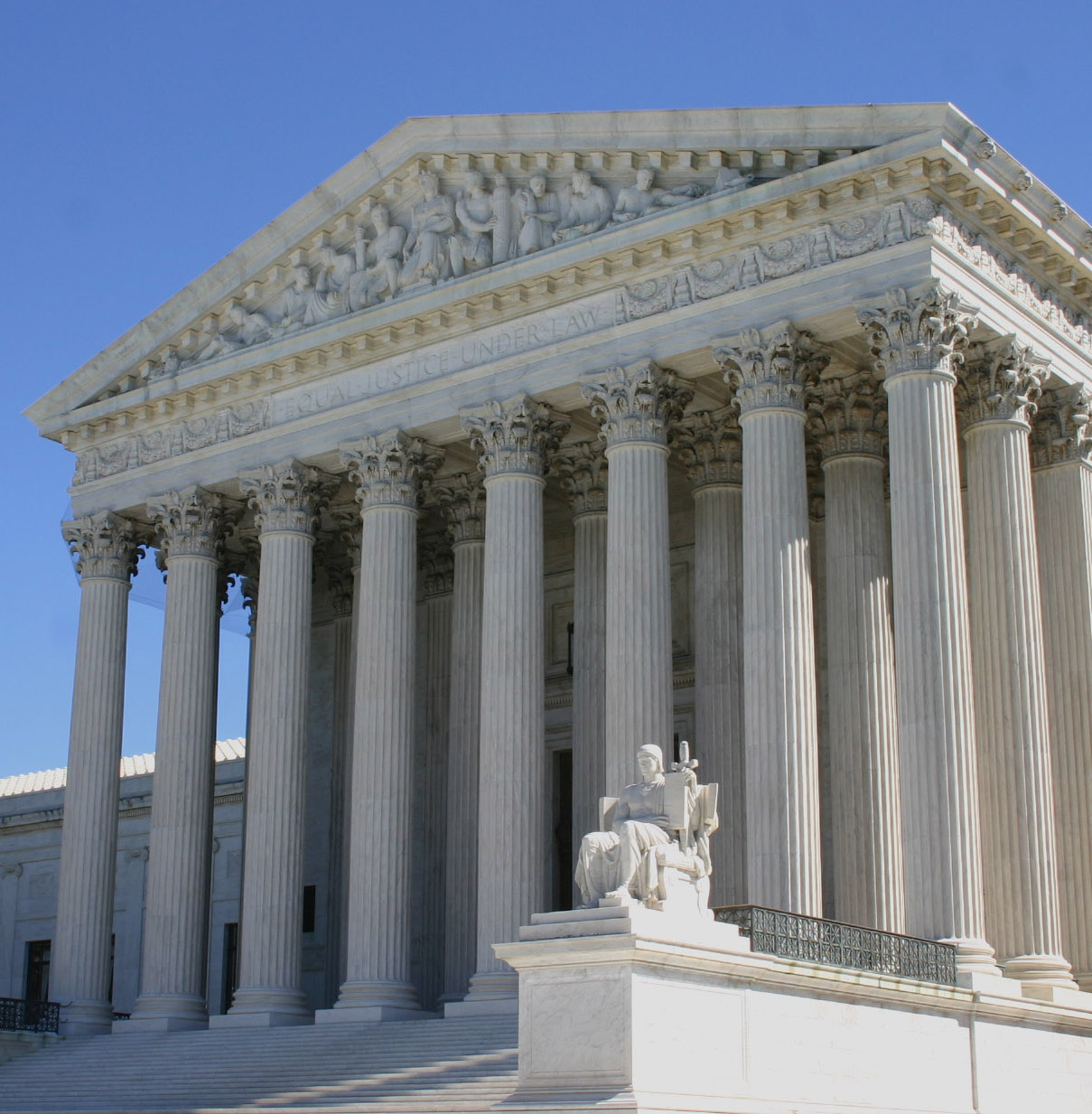On January 12, the U.S. Supreme Court temporarily restored restrictions implemented by the U.S. Food and Drug Administration (FDA) governing the dispensation of an abortion-inducing pill. A district court had ordered the FDA to loosen restrictions on the drug because, in its view, the COVID-19 pandemic made it more difficult for women to access the pills.
In a concurring opinion attached to the court’s action, Chief Justice Roberts argued that the district court should have given judicial deference to the FDA’s judgment about how to adjust its rules during the pandemic.
He wrote, “Here as in related contexts concerning government responses to the pandemic, my view is that courts owe significant deference to the politically accountable entities with the ‘background, competence, and expertise to assess public health.’”
Justice Sotomayor wrote a dissenting opinion, joined by Justice Elena Kagan, agreeing with Roberts that “deference is due to reasoned decisions of public health officials grappling with a deadly pandemic.” However, she wrote that “the record here is bereft of any reasoning [... and there] simply is no reasoned decision here to which this Court can defer.”
Judicial deference is one of the five pillars key to understanding the main areas of debate about the nature and scope of the administrative state. It refers to when a federal court yields to an agency's interpretation of either a statute that Congress instructed the agency to administer or a regulation promulgated by the agency. In other words, when a law or regulation is challenged in court, the agency's interpretation is upheld if it is considered to be reasonable, even if the court would prefer a different interpretation.
To learn more about judicial deference or federal responses to the COVID-19 pandemic, see the links below.
To read the full text of the decision, click here.
Additional reading:


